Saint Andrew’s Golf Club, Hastings-on-Hudson, New York
The growing ascendancy of women is a critical component in how golf clubs — whether public or private — will succeed in the 21st century. Financial viability is clearly an issue for many clubs and securing a new wave of players from such varied groups as women, minorities and Millennials is an ever evolving and changing dynamic.
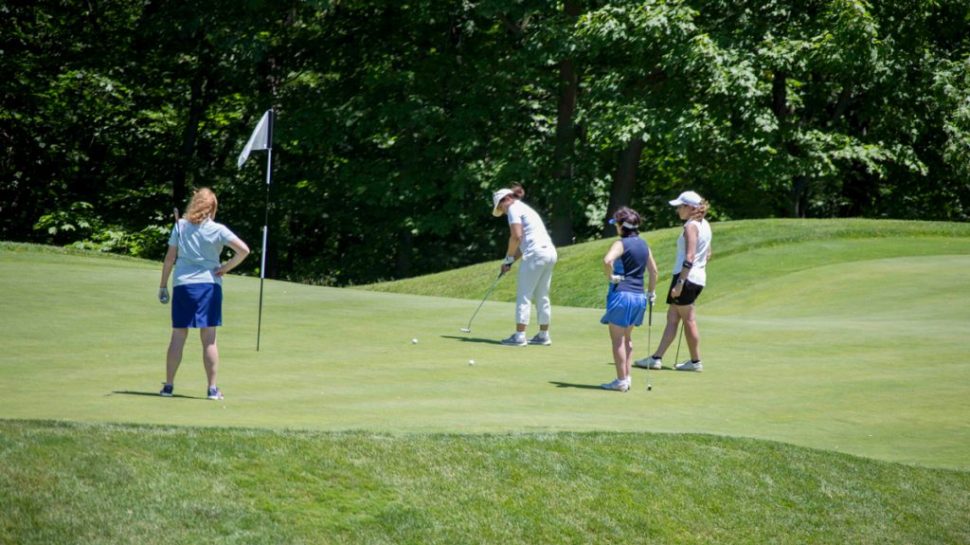
This is the first of several updates outlining how varied efforts are progressing. The future of golf in America is based on how such developments are cultivated and how such crucial integrations will play a key role in maintaining the spirit and vitality for the sport overall.
Two women taking a proactive leadership role at St. Andrew’s Golf Club located in Hastings-on-Hudson, New York are profiled. The Westchester County-based club is one of five founding members of the United States Golf Association (USGA) which formed in 1894.
Clearly, much has changed since that time and the perspectives both share outline how much is being done and the key challenges that lie ahead.
— Profiles —
Karyn Lainis Lantier
President, Ladies Golf Association (LGA)
St. Andrew’s Golf Club
Backgrounder —
A communications consultant in the education and non-profit sectors. Her specialty is on launching new initiatives, building awareness through targeted communication strategies and developing marketing collateral and training programs.
Karyn began her career in technology sales and first became interested in golf as a means to socialize with colleagues and clients. Quickly developed a passion for golf and joined St. Andrew’s in 1999 with her husband. Recognizing the opportunity to expand women’s engagement on the course and in the club, Karyn joined the LGA board and implemented a multi channel communications strategy to increase active participation and attract new players. She has been on the LGA board for eight years and currently serves as President.
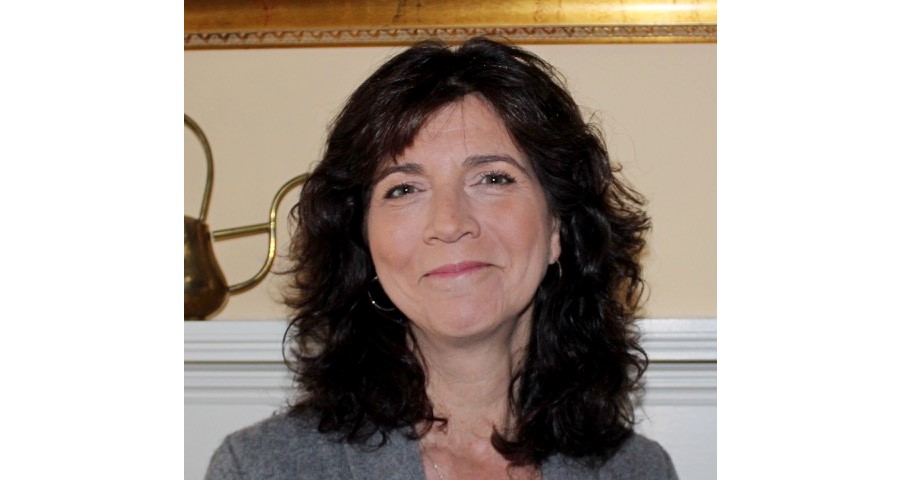
My golf story —
My first introduction to golf was with colleagues when they asked me if I wanted to play a round while on a business trip. I had never played before but was intrigued with everyone’s enthusiasm for the sport. I thought it would be fun, so I signed up for a few lessons and joined a foursome on the course.
I did not have much success in the first few holes and was frustrated. But, as soon as I hit my first really good shot, I felt this strange and awesome combination of power and self-satisfaction. I was immediately addicted to the challenge of the game.
Nandita Atal
LGA Vice-President, St. Andrew’s Golf Club
Chairwoman, Women’s Advisory Council, Metropolitan Golf Association
Backgrounder —
A NYC-based senior executive in the financial services industry with broad global experience, living and working in Asia, Europe and Latin America. Atal’s professional experience has centered around driving successful transformations and launching major new initiatives for both large and mid-size organizations.
Her exposure to golf, which began a few years ago as a summer get away from the city with her husband, an avid golfer, has quickly become a fulfilling personal passion.
Atal’s passion for golf has extended to driving women’s engagement in the game including a reinvigoration of existing LGA events, broadening governance at St. Andrew’s Golf Club and attracting a wider set of women, with varied golf experiences, to take up the game and become active participants in the LGA.
Nandita is currently the Vice President of the LGA at St. Andrew’s Golf Club, having served two terms on the Board. She was also recently appointed the Chairwoman of the newly established MGA Women’s Advisory Council.

My golf story —
Encouraged by my husband who comes from a family of avid golfers, I was intrigued by the mystery of what made this seemingly simple sport such a passion for many and decided to give it a try. We planned a weekend getaway from the cold of New York City in January to a golf resort in Florida which doubled as a golf academy.
To my surprise, while I was challenged on multiple fronts from not having played a sport in my life, the thrill of getting one’s ball up in the air had me smitten. Needless to say, being outdoors in the sunshine was an absolute plus — and so began my love affair with the game of golf.
***
What drew your interest in wanting to play golf?
KLL: I first became interested in golf when I was in technology sales in the financial services industry. It was a great way to spend uninterrupted time with colleagues and clients. My husband played golf and it grew into a family affair once my daughter could hold a club. Golf is a healthy form of exercise, a fun personal challenge and I love being outside in such beautiful settings.
NA: After my initial introduction to the game there were a couple of reasons that kept my interest and keep bringing me back. The thrill of an amazing drive never gets old. Like yoga and meditation — you are on a journey of constant self improvement and feel mentally relaxed, after a round regardless of how you played. Being outdoors always proves to be a refreshing and invigorating break from the busy humdrum of everyday life and work in New York City.
Since you both belong to a private club in Westchester County – is there a noticeable difference in the club’s culture from when you first joined to what exists today? If so — what’s caused this engagement to happen now versus years ago?
KLL: Today the club is a more welcoming, relaxed and inclusive environment for women and families. By adapting privileges, creating specialized ladies/family programs, and respecting the LGA’s voice in club operations, members of all playing levels feel more comfortable on the course and in the clubhouse. The support of our golf professionals has greatly added to our success. The result has been an increase in women’s rounds of 40 percent the past three years in an environment where overall rounds across the industry is flat.
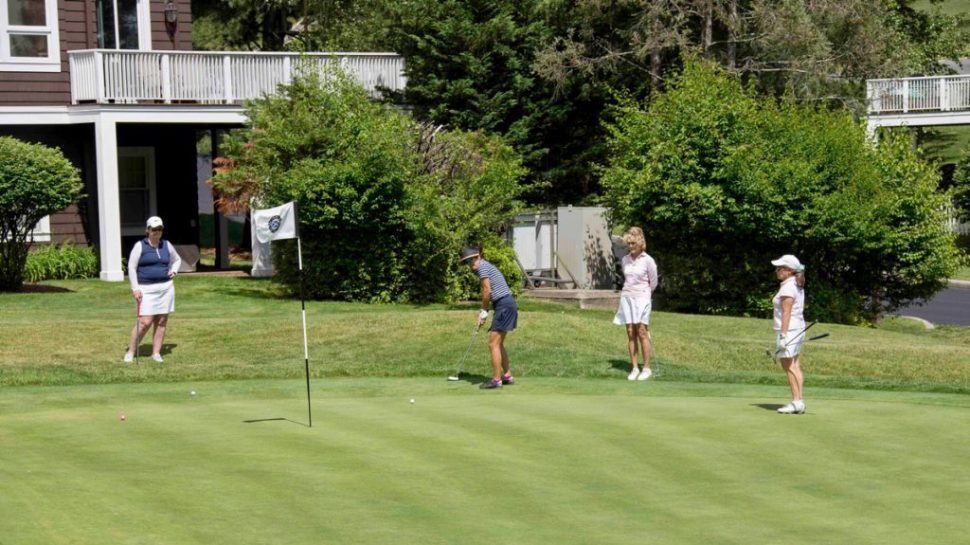
How critical is it for women to attain board / leadership positions at the club and association levels and is such involvement actively being encouraged by those in such positions now.
NA: Board and leadership positions in general give women a voice that will be heard and a seat at the table with the ability to make a change. The club’s leadership has strongly encouraged and been highly supportive of the LGA’s expanded engagement.
We have successfully encouraged women to get involved by matching interests, talents and time commitments to meaningful roles on committees, including appointments to the board of governors of the club. Additionally, we adapted the LGA governance structure to broaden the set of women who were eligible to take on committee and officer roles, which in turn increases overall engagement.
Can a woman be an equity member of St. Andrew’s without a spousal connection?
KLL: Absolutely. Almost 20% of our LGA members are in fact full club members. Women members participate in both member only events and LGA events which provides them a broad number of social and competitive playing opportunities. Raising the profile of women at our club has been a strategic objective and has allowed us to increase membership and support greater diversity.
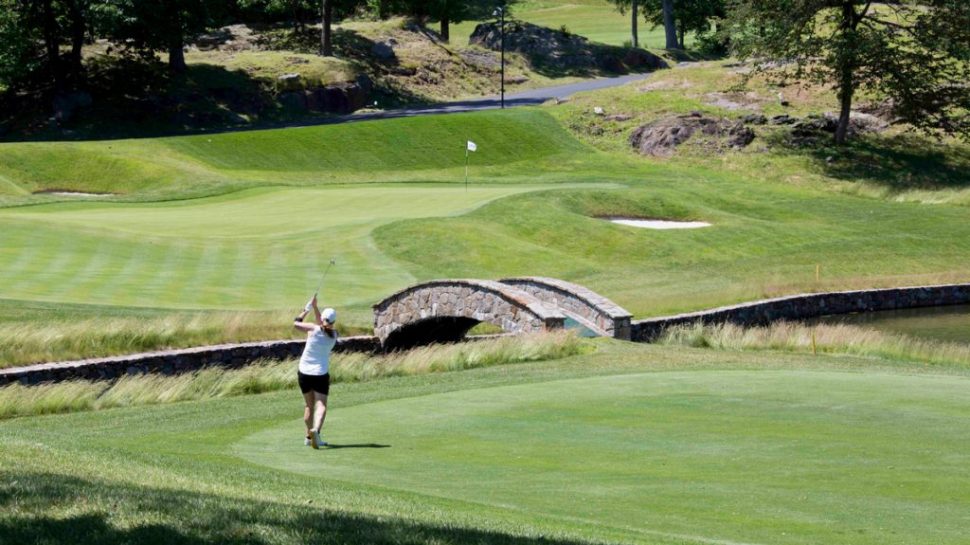
Are the reasons why a woman might join a club today similar to that of her male counterpart?
NA: There are many reasons why women join golf clubs, however the role women play at a club, the culture and privileges provided to women, will continue to be a big driver to why women might join a particular club. In addition to welcoming women as members, St. Andrew’s recognizes the role that women have in family decisions to join a club.
Therefore, we have made a commitment to those women wishing to learn the game, seeking a fun and engaging social environment with opportunities for children to participate in the game and for families to spend time together. We have also added extensive practice facilities, including an all-weather learning center and a short game area which are very attractive to new and experienced golfers.
What remains your biggest pet peeve concerning the manner in which women are treated within golf?
KLL: Unconscious bias remains an underlying issue when it comes to how women and golf are viewed and treated. Most of us have experienced it and we are optimistic that both time and more involvement of women in leadership roles will drive the change.
Can you outline instances of “unconscious bias?” And how does a club like St. Andrew’s handle such situation when they occur?
KLL: The unconscious biases we see stem from misperceptions and outlived stereotypes. Common myths include women playing slower than men, men are more serious golfers, and women do not know the rules of golf. By raising the profile of women’s golf, including women in most tournaments and broadly celebrating women’s successes, St. Andrew’s is breaking down those stereotypes. Our professional staff and our starter have been key to dispelling these biases.
For example, we do not have tee times and our starter manages players at the tee. Some men strongly believe they should tee off first because “women play slow” and ask the starter to let them out ahead. Our starter will deny that request if he knows the women’s group will keep a good pace of play. Outward support by respected staff has certainly helped debunk a few myths.
Tee time access is a major issue — has enough progress been made on that front from either what you have personally witnessed or been told about?
KLL: At St. Andrew’s we are fortunate and unique to not have any tee times. Years ago there were restrictions on times a spouse or significant others could play on weekends. Today, women can enjoy 9 or 18 holes of golf, any day of week and time of day. In fact we even have a weekday morning that designates tee priority for women to meet up and play.
NA: We hear from women at other clubs that getting a tee time can be a challenge due to volume and tee restrictions for women. St. Andrew’s does not have tee times and men/women have equal access to the tee at all times. We simply check in with our starter who manages the efficiency of play. Our approach is stress free and offers our members maximum flexibility.
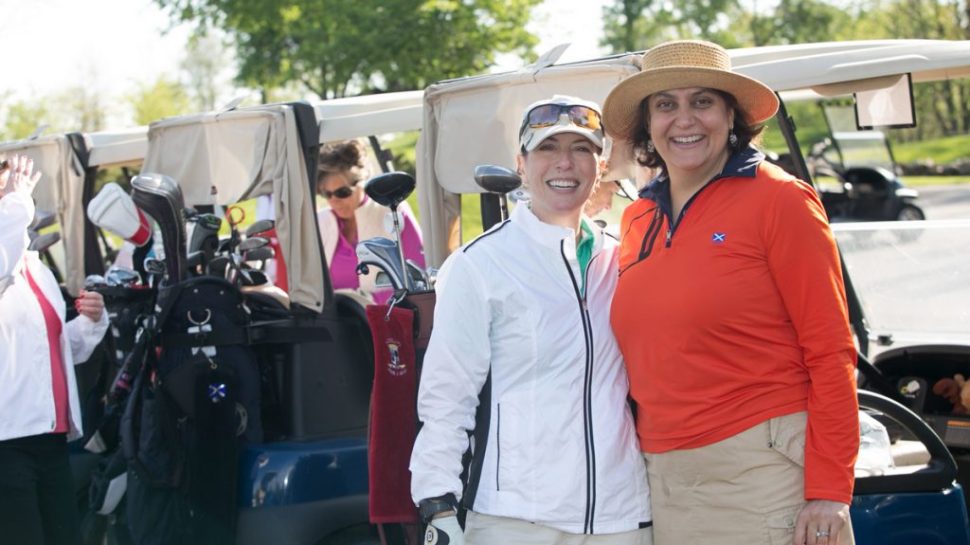
Often men will play with men and women with women — are there ways to encourage more golf between the two so that it fosters more of a bond and increased understanding?
KLL: We have broken the barrier on couples play by scheduling more mixed tournaments, tying play to social events and broadly celebrating women’s successes throughout the membership. We have also focused on eliminating the “intimidation factor” that women often feel – making them more confident and comfortable playing with men / women of all levels.
Our golf professionals have been an integral part of executing this strategy. Women members and spouses are eligible to participate in multiple club wide tournaments, playing alongside and in teams with male members.
If you could change one thing in golf unilaterally – what would it be and why?
KLL: I’d make the hole a little bigger!
NA: Encouraging shorter formats — such as 9-holes events would certainly be impactful for several segments of women.
What advice would you give to a woman considering joining a golf club today?
NA: A few important elements come to mind. Does the culture of the club match what you are looking for? Pay attention to womens’ privileges. Inquire about engagement in women in leadership roles. Does the club have a state-of-the-art learning facility and programs? I recommend playing with an LGA member(s) to really understand the environment. Finally, consider St. Andrew’s!
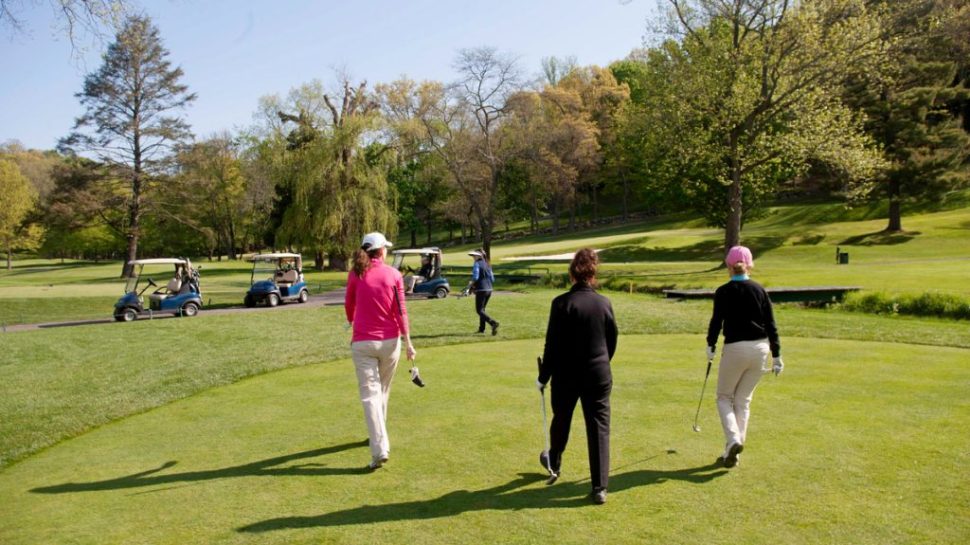
The major golf organizations — USGA, R&A, PGA of America, PGA TOUR, LPGA — are all seeking ways to attract new players to golf most especially via women, minorities and the Millennial generation. If you were counseling them what would you counsel them in doing — particularly for female involvement.
KLL: I think a segmented approach is key to success. The tactics for each segment needs to be slightly different including tapping into their motivations coupled with dispelling misconceptions around time commitments, gender, age and families. Most prominently, golf is still branded as a “good old boys” game. Getting new segments into the game requires an extensive communication effort coupled with real change on policies, privileges, formats, facilities, etc.
Among the chief obstacles cited for overall golf participation is the amount of time it takes to play the game, the overall costs and the inherent frustration in playing the game — connected mainly to the instruction side. Do these specific impediments have more impact on women than men and what do you see as possible remedies?
NA: Time commitments and the challenging nature of the game are two obstacles we hear often. Unlike men, women tend to be shy to just come out and play unless they feel they have mastered the game and also may have additional home or children related commitments.
Remedies include 9-hole games and formats such as best ball and scramble that encourage wider participation in a comfortable setting that address the two key concerns. Additionally, assigning new players with a ‘buddy” for confidence building, navigating the course and providing tips on pace of play have been successful tactics.
